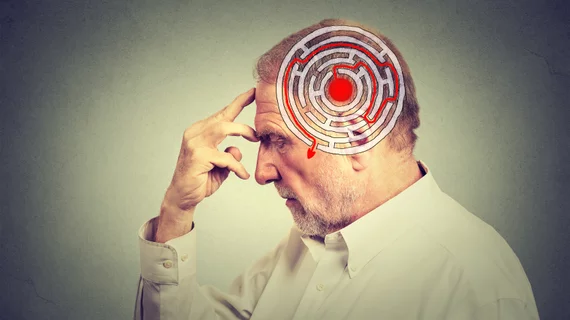THALES trial results: Can ticagrelor and aspirin reduce stroke rates for at-risk patients?
The combination of ticagrelor and aspirin can reduce an at-risk stroke patient’s chance of suffering a repeat event, according to new findings published in the New England Journal of Medicine. Such treatment was also associated with a rise in severe bleeding, but such incidents were still quite rare.
The Acute Stroke or Transient Ischemic Attack Treated with Ticagrelor and ASA [acetylsalicylic acid] for Prevention of Stroke and Death (THALES) trial tracked data from more than 11,000 patients with mild-to-moderate ischemic stroke or high-risk transient ischemic attack (TIA). The mean patient age was 65 years old. Each patient received a 30-day regimen of either ticagrelor and aspirin or a placebo and aspirin from Jan. 22, 2018, to Oct. 7, 2019.
The primary outcome—a composite of stroke or death within 30 days—occurred in 5.5% of patients from the ticagrelor/aspirin group and 6.6% of patients from the placebo/aspirin group. Looking specifically at ischemic stroke, a repeat event occurred in 5% of patients from the ticagrelor/aspirin group and 6.3% of patients from the placebo/aspirin group.
Severe bleeding, meanwhile, was present in 0.5% of patients from the ticagrelor/aspirin group and just 0.1% of patients from the placebo/aspirin group. There was no significant difference in disability between the two groups.
“Ticagrelor–aspirin was associated with higher risks of severe hemorrhage and cerebral hemorrhage than aspirin alone,” wrote lead author S. Claiborne Johnston, MD, PhD, of the University of Texas at Austin, and colleagues. “The benefit from treatment with ticagrelor–aspirin as compared with aspirin alone would be expected to result in a number needed to treat of 92 to prevent one primary-outcome event and a number needed to harm of 263 for severe bleeding.”
AstraZeneca, the company behind ticagrelor, sponsored the THALES trial. However, the authors wrote that the first draft of the manuscript was completed “with no writing assistance from the sponsors.” In addition, each author vouched for the “accuracy and completeness” of their data.

